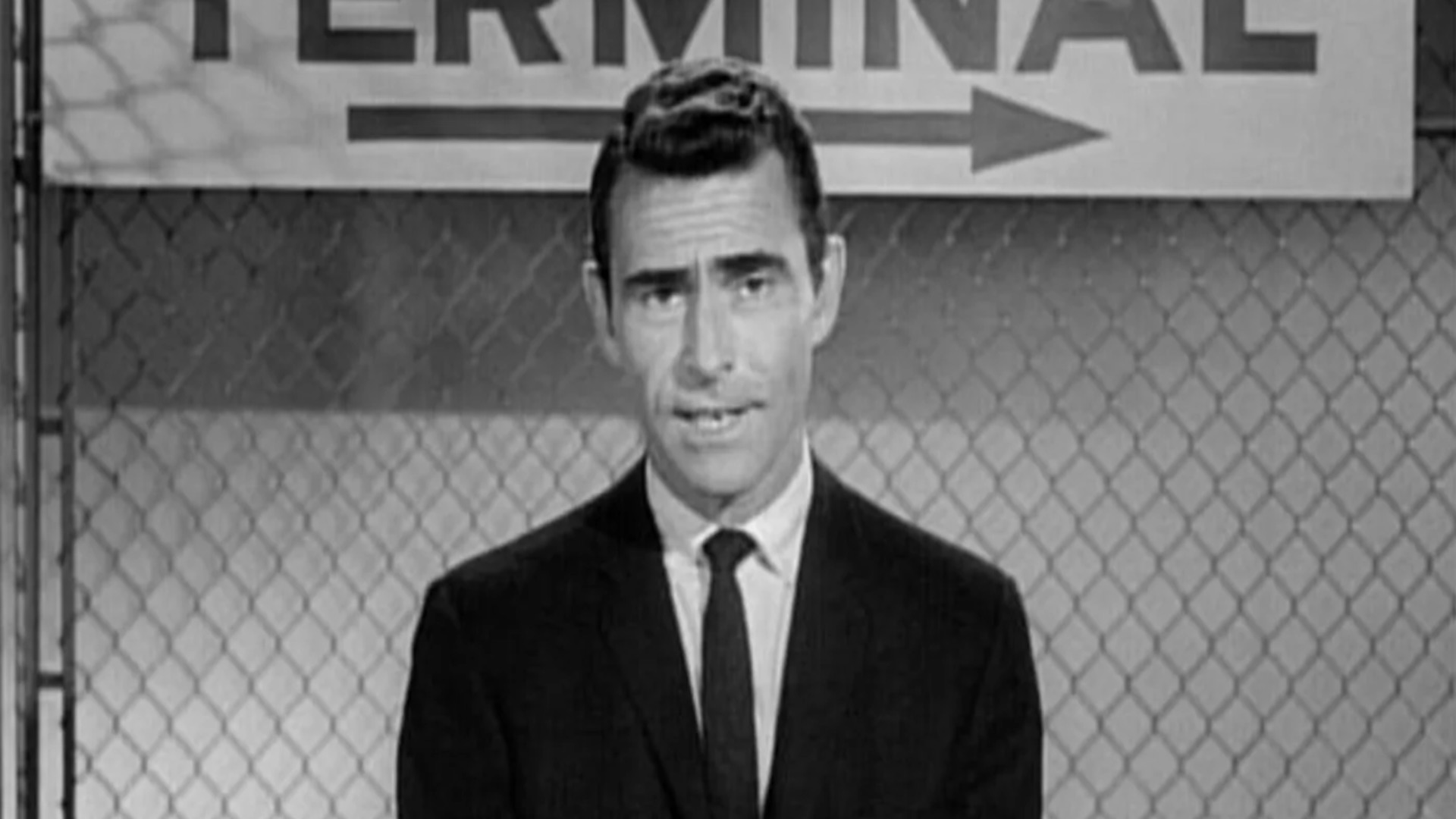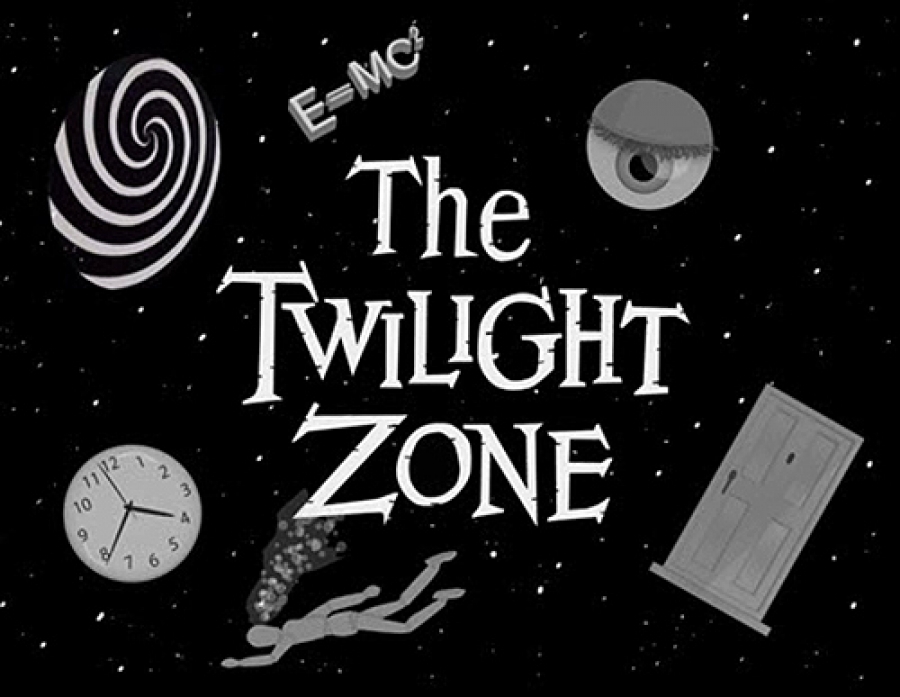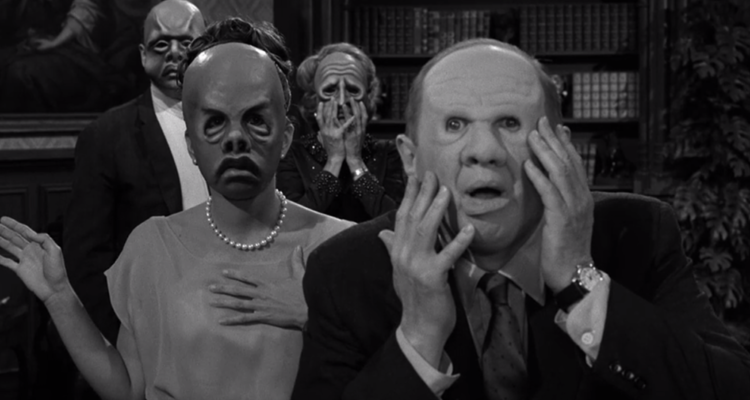
If you've ever had a weird day, there's a good chance you've probably asked yourself 'am I living in The Twilight Zone?' When the unexpected and unexplained happens, the theme music might start playing in your head. And both can be true, even if you've never seen an episode of The Twilight Zone – it's just that iconic.
Though the show has been widely celebrated over the last 60 or so years –culminating in countless parodies, pop cultural references, revivals, a Disney theme park ride – it seems like we often forget to celebrate the man who started it all.
Rod Serling was not your average entertainer - especially not in the 1960s, when racism was (even more) rampant and social issues were still a touchy subject for television. While some have written off the end of each episode when Serling comes back into frame and neatly summarizes the ‘point’ of each strange or unnerving tale as 'campy' or 'cheesy,' it was done with purpose.
Serling enlisted in the United States Army during World War II, opting to join the fight rather than graduate high school. He set out to make a difference, and did so, but it wasn't without witnessing bloodshed, death, gore, and returning home with post-traumatic stress disorder (PTSD) and a new outlook on the world as we know it.
This would ultimately inform his writing and direction on The Twilight Zone, with Serling becoming something of a social activist who often put his foot down and argued with Hollywood studios. It was an early run-in with censorship that led to the show's creation – he had already won three Emmys before 1959.
"I don't want to fight anymore," he told journalist Mike Wallace in an interview. At this point in his career, he had been twice forced to alter two teleplays which were inspired by the racism that led to the murder of Emmett Till and intended to make social commentary on both.
"I don't want to have to battle sponsors and agencies," he said. "I don't want to have to push for something that I want and have to settle for second best. I don't want to have to compromise all the time, which in essence is what a television writer does if he wants to put on controversial themes."

Enter: The Twilight Zone, or, what would become one of the most culturally significant television programs in pop culture history.
Employing prominent science fiction writers to tell stories that made social commentary on significant events, the series quickly became one of the most controversial of the time period. Serling was interested in entertaining, sure, but he made sure to use the anthology series to address relevant issues like the nuclear arms race and mass hysteria, and delve into subjects deemed uncomfortable for daytime television like McCarthyism ("The Monsters Are Due on Maple Street") and prejudice/discrimination ("I Am the Night – Color Me Black").
A sickness known as hate. Not a virus, not a microbe, not a germ – but a sickness nonetheless, highly contagious, deadly in its effects. Don't look for it in the Twilight Zone – look for it in a mirror. Look for it before the light goes out altogether.
"I Am the Night – Color Me Black"
There are episodes that serve as cautionary tales for poor decisions made because of a character's greed or thirst for power ("The Man in the Bottle"), ones that make commentary on society's obsession with beauty ("Eye of the Beholder"), and some that abandon the allegory at the very end in order to induce outright terror like "The Dummy" or "Living Doll."
From grotesque pig masks to a creepily cheerful dummy, the increasingly menacing voice of Talky Tina the doll, or permanently deformed faces meant to reflect the person's awful personality, the imagery sticks with us. The theme music induced a sense of panic, and Serling spoke directly to the viewer with a stern, ominous voice. Each episode ended with a warning of sorts, and if we were smart, we would listen.

Fast forward some 60 years later... have we listened? It seems like the social issues explored in The Twilight Zone are just as relevant today, if not more. Maybe the allegory at the end of every episode was, indeed, a warning, and Serling was predicting the future, letting us know that these lessons would never lose their relevance – that history is doomed to repeat itself.
Serling died of a heart attack on May 3, 1975, at the age of 50. It was well before the series would have its second revival, before Disney World would create a theme park ride, before the show would become such a massive syndication success and be reran more times than we can count. (It's also worth noting the irony behind The Twilight Zone's rerun success: his corporate drama Patterns, a teleplay that was staged live on Kraft Television Theatre for one night only, was so popular that the network restaged it again for another live performance with the same cast. This was a first for network television, as there was no such thing as syndication at the time, meaning that Serling is essentially responsible for inventing the rerun.)
Despite its black-and-white format and dodgy pixel quality, the original The Twilight Zone remains both important and culturally relevant. We still have a lot we can learn from the show, even if it's just how to tell a good scary story.
The Twilight Zone is streaming on Prime Video and Paramount Plus. For more, check out our list of the greatest TV shows of all time.







